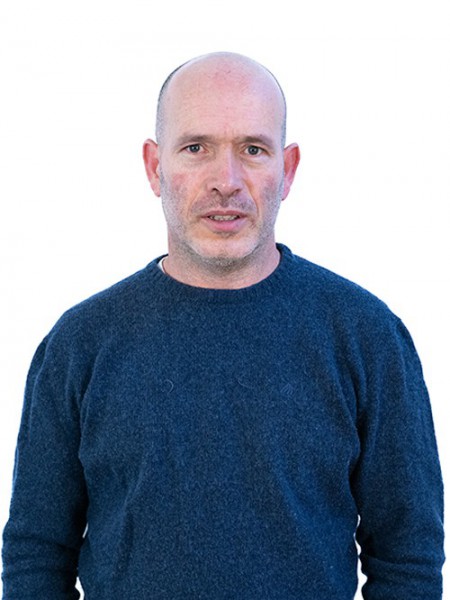abstract
A new metal organic framework based on the highly flexible tetraphosphonic acid linker hexamethylenediamineN,N,N',N'-tetrakis(methylphosphonic acid) (H(8)htp) is reported. [Ln(2)(SO4)(2)(H(6)htp)(H2O)(4)]center dot 10H(2)O [Ln(3+)= Eu3+ (1), Sm3+ (2), and Gd3+ (3)] was readily obtained by microwave heating at moderate temperatures (80 degrees C) and low reaction time (15 min). The reaction was carried out in aqueous medium and, because of the high flexibility of the organic linker, sulfuric acid was added in small quantities. This acid delays the coordination process and blocks access of the phosphonic acid groups by coordinating the sulfate anion to the metal center, leading to the formation of a compact 3D network. Sulfuric acid further proved to be crucial for the formation of the materials because the use of different acids led to either no precipitation or amorphous compounds. When compared to the only known and reported material based on the same building blocks, this approach allowed us to significantly reduce the reaction time to just 15 min with an immediate crystal formation (compared to the 2 months reported). Crystals were obtained with sizes suitable for single-crystal X-ray diffraction analysis for 1. Materials consist of a 3D network with the metal centers forming a close packed layer, being interconnected by the organic linker, forming cavities which are filled with solvent water molecules. Topologically, 1-3 are binodal networks with a 4,8-connectivity and a Schatli point symbol of {4(12).6(12).8(4)}{4(6)}(2). This topology is unusual for MOFs, especially for phosphonic acid based linkers, resembling the known mineral fluorite. The photoluminescence properties of 1 were studied showing an emission lifetime of 0.43 +/- 0.01 ms and 0.57 +/- 0.01 at 297 and 13 K, respectively.
keywords
COORDINATION POLYMERS; METAL; PHOSPHONATES; DERIVATIVES; CATIONS; HYBRIDS; FILMS
subject category
Chemistry; Crystallography; Materials Science
authors
Mendes, RF; Ananias, D; Carlos, LD; Rocha, J; Paz, FAA
our authors
acknowledgements
We wish to thank Fundacao para a Glenda e a Tecnologia (F.C.T., Portugal), the European Union, QREN, FEDER through Programa Operilcional Factores de Competitividade (COMPETE), and CICECO - Aveiro Institute of Materials, POCI-01-0145-FEDER-007679 (F.C.T. ref. UID/CTM/50011/2013), financed by national funds through the FCT/MEC and when appropriate cofinanced by FEDER under the PT2020 Partnership Agreement. F.C.T. is also gratefully acknowledging the Ph.D. grant No. SFRH/BD/84231/2012 (to RF.M.), and the postdoctoral research grant No. SFRH/ BPD/95032/2013 (to D.A.).






